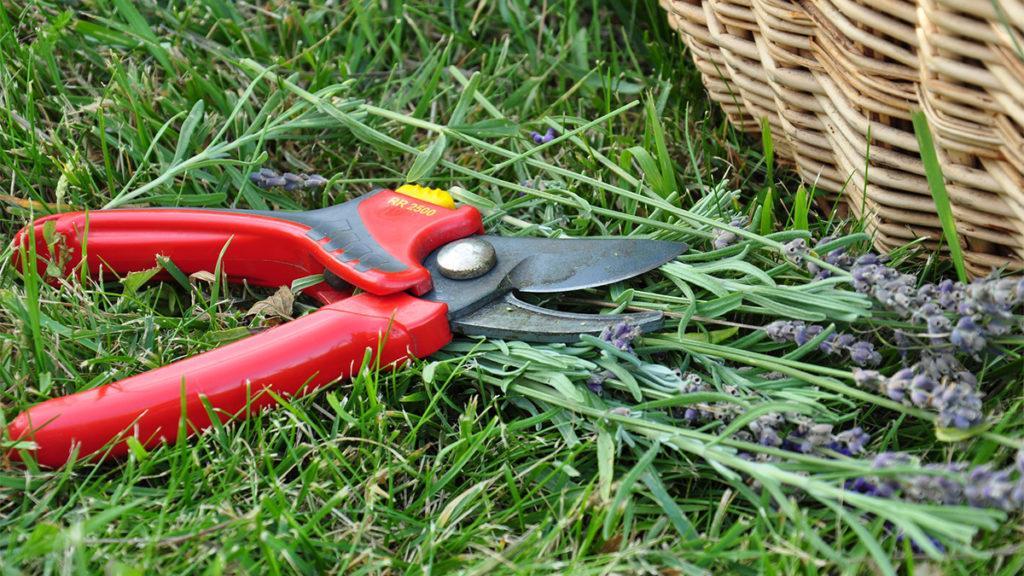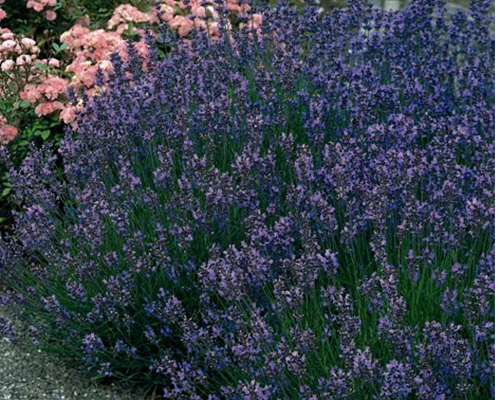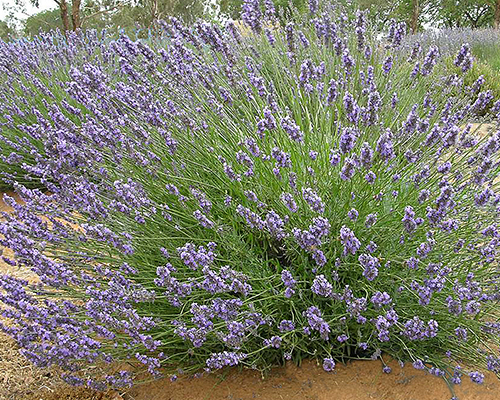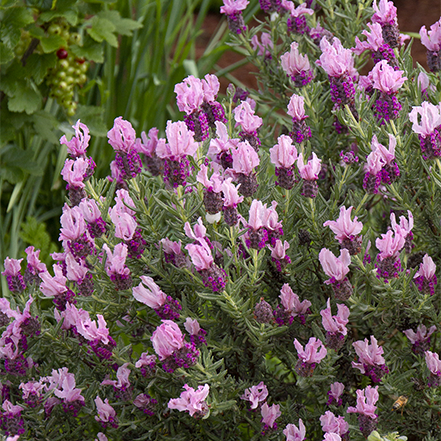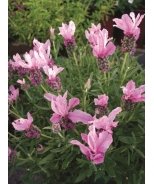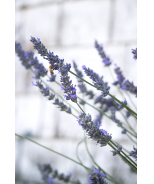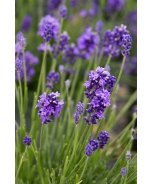The soothing smell, gorgeous blooms, and tidy habit of lavender make it one of the most prized plants in gardens. While lavender is low-maintenance in terms of water and soil needs, it does need a specific approach in pruning. Especially once it has become a mature, established plant. We all want to keep lavender in our garden for the long run. Therefore, it's important to know how to prune it. This will ensure a prolific crop of flowers and tidy foliage comes back year after year.
How and when to prune lavender varies depending on the type of lavender you’re growing. Here are tips for pruning the three most common types of lavender. Follow the advice and you're sure to have healthy, beautiful lavender growing in your garden every year.
How and When to Prune English Lavender (Lavandula angustifolia)
This is the classic English lavender is beloved for its memorable fragrance. Also for it's silvery foliage and stems that add texture to a border. It’s one of the hardier and most commonly grown lavenders with blooms that come on strong in early summer. (And, it makes a great short hedge!)
When and how to prune:
- Prune right after the first flowering and again in late August after the last flush has faded.
- Cut off about 2/3 of the plant’s height or to just above the bottom two sets of leaves on each stem.
- Take care not to cut into the woody part of the plant which can cause damage.
- Twice-a-year pruning will keep your plant healthy and compact.
Pictured left: Munstead Lavender, Zones 5 – 9
How and When to Prune English Hybrids (Lavandula x intermedia)
The glam, later flowering lavender (Lavandula x intermedia) has long flowering stems. These are topped by slender tapering flower heads with stems that splay outwards from a rounded mound of foliage. Use them make as the centerpiece of a border or to highlight corners and edges of beds. Or, where you can enjoy the movement with every breeze.
When and how to prune:
- Prune in late August after they’ve finished blooming.
- Less hardy than their English cousins take extra care not to cut back into the woody part of the plant.
- Cut back by about 1/2 of the height of the plant leaving plenty of green leaves intact.
- Aim for a tidy, rounded mound of foliage (that looks good in winter, too).
Pictured left: Riverina Thomas French Lavender Zones 5 – 9
How and When to Prune Non-English Lavender (French, Spanish, Wooly, etc.)
These 'tufted lavenders' have full, thick flower spikes. They flower much earlier, in late spring in warmer zones and early summer in colder zones. Then often bloom right into fall. Such a diverse collection of lavenders with plenty of variation in fragrance, size, color, texture, and flower heads. This makes them fun to play with in the garden.
When and how to prune:
- The least hardy of the garden lavenders which means they need a bit more of a gentle touch.
- Give them a trim after the first flush of flowers has faded.
- Do not cut them back hard as with other kinds of lavenders (it can kill them).
- Deadhead for the rest of the season.
- In late summer shape foliage into a mounded form.
Pictured left: Javelin Forte™ Deep Rose Spanish Lavender Zones 7 – 9
Learn More
Sign up for the Grow Beautifully newsletter. Here you'll get first access to how-tos, free guides, interactive live webinars, pre-order availability, and so much more.
Looking for healthy, beautiful lavender to bring home? Use the Find a Garden Center tool to find your nearest Monrovia retailer.





